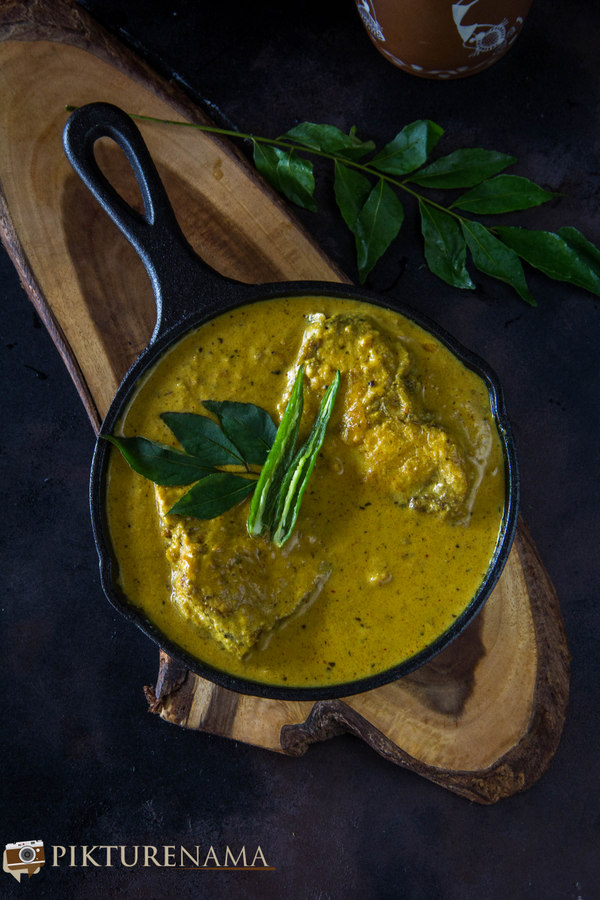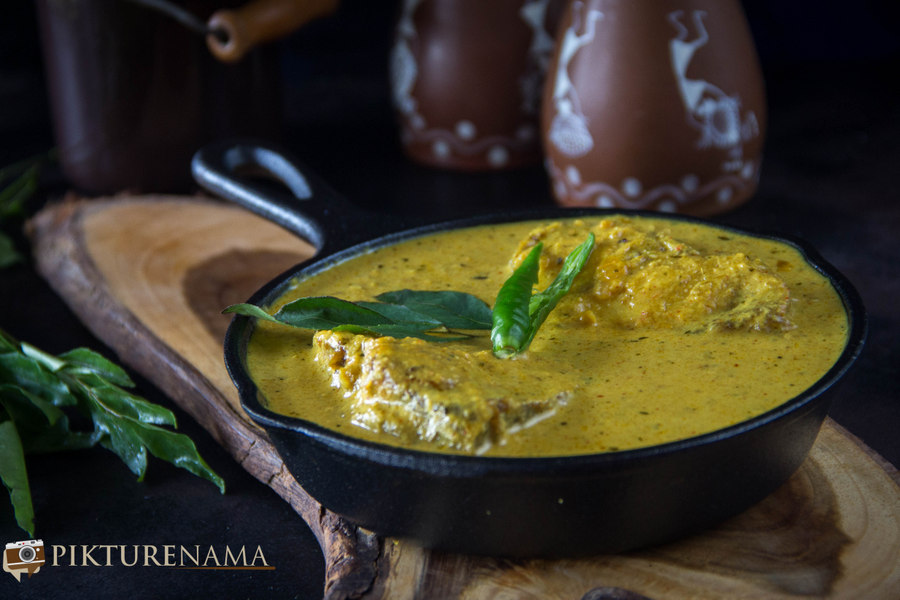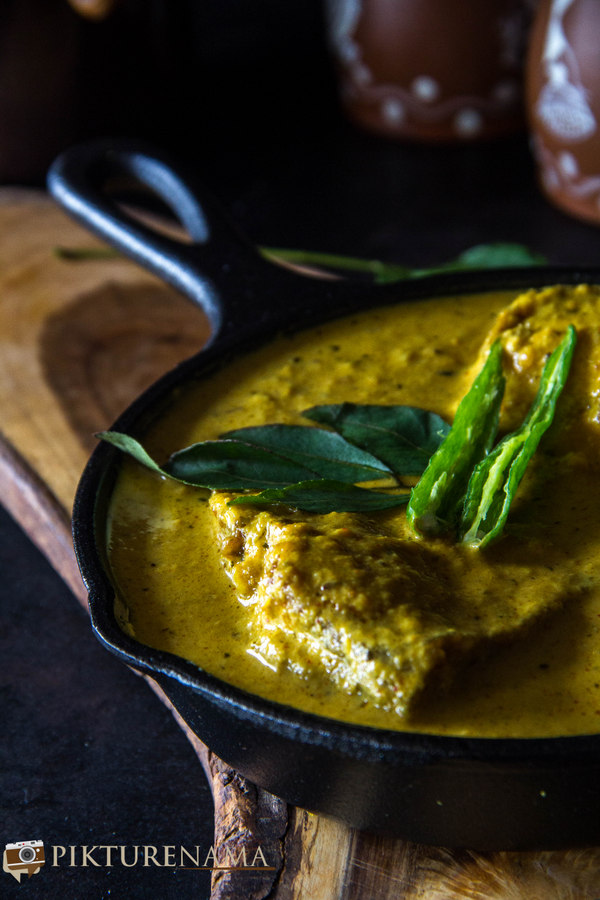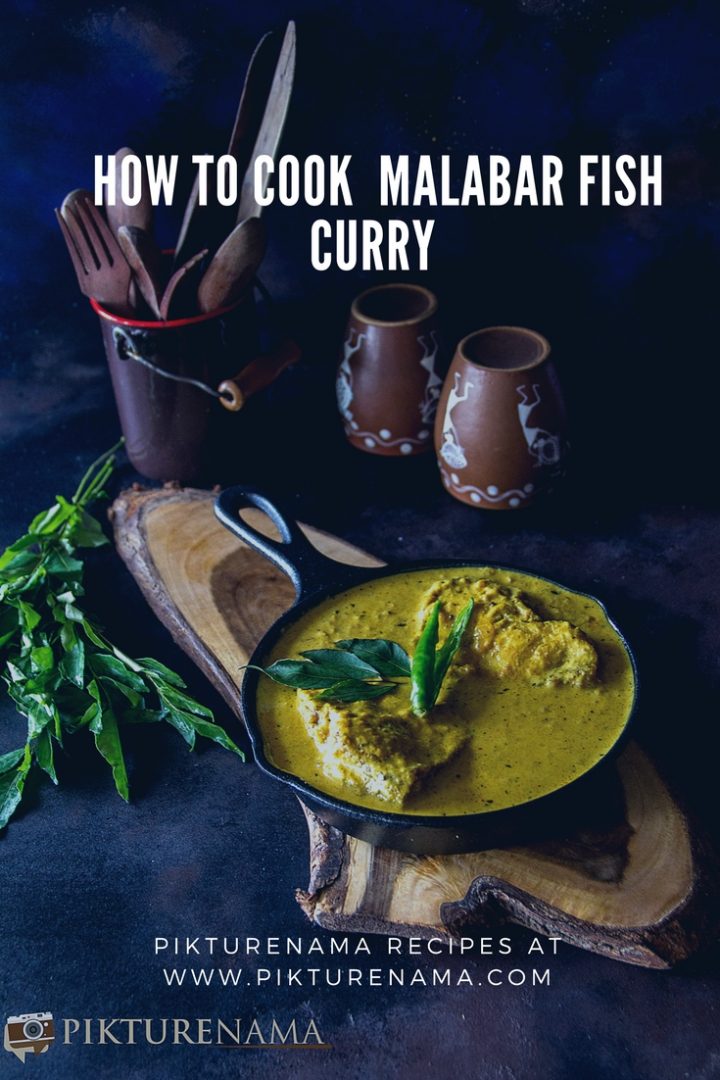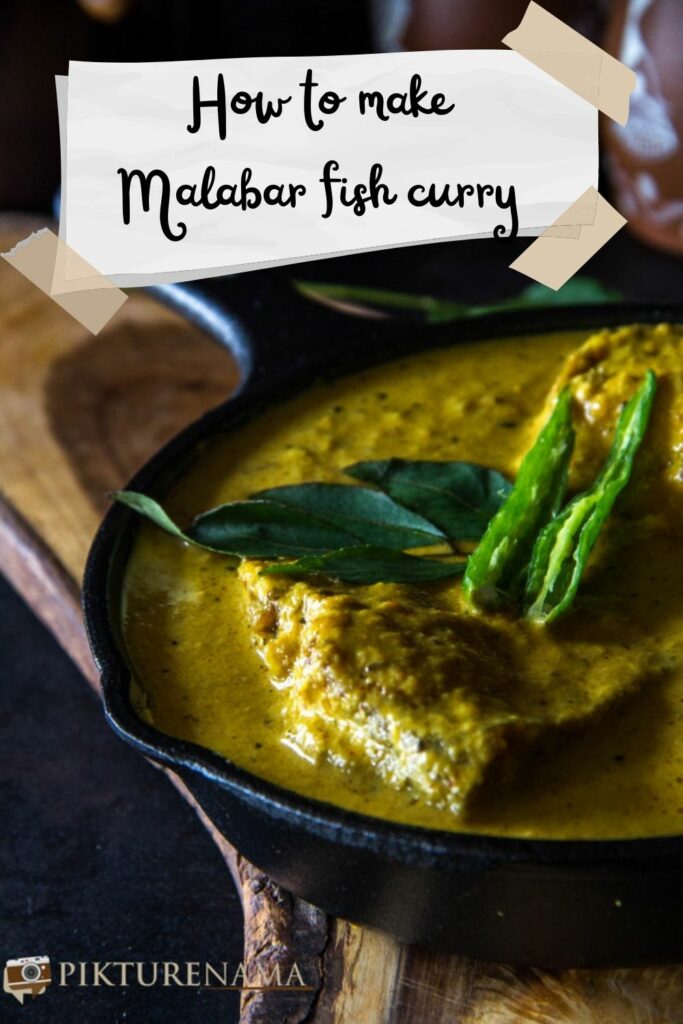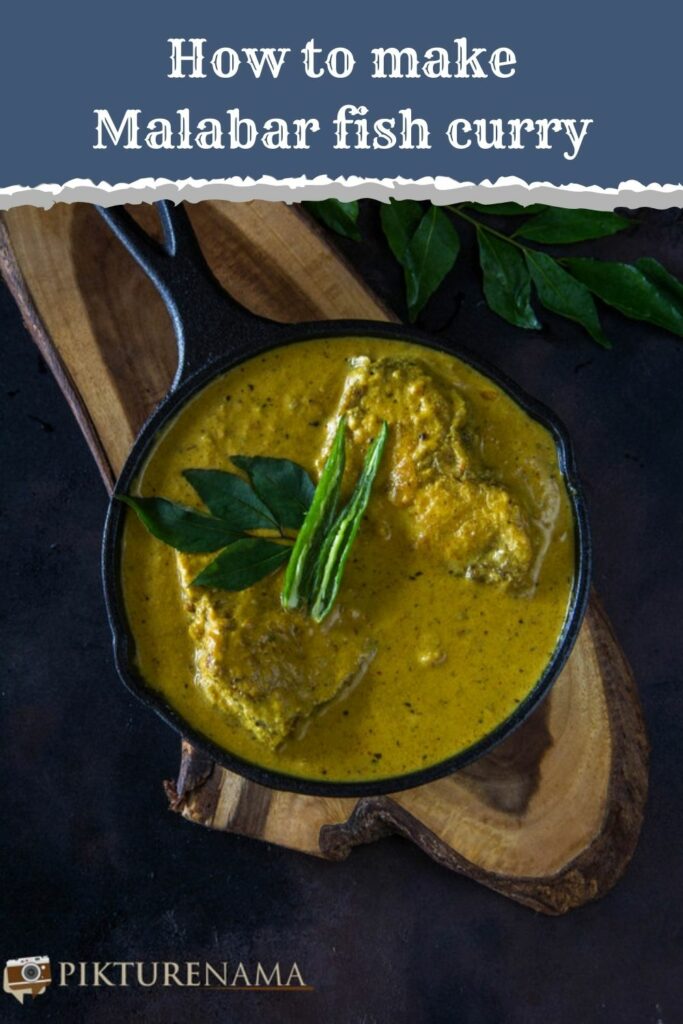When we went for Telengana food festival which was a great show at ITC Sonar and Chef Shankara had taken so much interest in explaining to us the nuances of the cuisine, Madhushree got inspired to cook Karjyam Vepudu and she cooked mutton liver masala fry. I love mutton liver and used to have it in another form a lot in Park Street as a starter with my Boss at that point of time. Served in a small Stainless Steel bowls with tooth picks, both the time and friendships then were uninhibited.
We had the opportunity to experience Karavalli festival at Sonargaon Taj Bengal and it definitely left a long lasting impression in our minds. Chef Naren Thimmaiah’s food philosophy, his care towards the food, and his food philosophy will remain etched in mind. We had some wonderful dishes and that acted as an inspiration for Madhushree’s recent adventures in the kitchen. Kurry patta and coconut milk has suddenly become a staple. She has been cooking this particular recipe for many years now, but somehow it never felt the same like now. Malabar Fish curry.
You create we capture. Behance
Can this Malabar fish curry be a replacement of Machher Jhol
While having this on a sunday for lunch, I wondered whether this can be a replacement for a Sunday Machher jhol? Both the dishes have the main character in common – Fish. In Eastern part of the country we most often use Rohu and Katla and the fresh water fishes. West and South primarily see the use of Surmai or King fish, Pomfret, Bangra and other sea fishes.The huge difference lies in the method of cooking. The bengali Macher jhol is viscous and the rice on a Sunday afternoon get drenched in the jhol (or the curry as we call it). In Malabar fish curry grated coconut and coconut milk is used.
Only dish which can comes closer to this is perhaps chingi macher malaikari. However, other than the similarity of using coconut milk as the base of the curry,there are lots of differences. Malaikari does not use any souring agent but all South Indian curries have a use of some souring agent in the form of tamarind, kokum, tomatoes or something else. The Malabar fish curry which we made had a slightly thicker gravy and to be had with rice and as a Bong. The tanginess due to the souring agent will be something which many Bengalis may not relate to a Sunday feast.
The Jhols and the Jhals of Bengali cooking
Ms.Chitrita Banerjee noted cook book author and food writer has an interesting take on Machher Jhol. The machher Jhol or the fish stew is the centre piece of bengali meal almost throughout the year. Its a thin stew, usually of fish, though it can be purely vegetarian. Though several different ground spices are used in cooking jhol, a good one’s most important quality is its lightness. Too heavy a hand with the spices will ruin it. At the same time, bad cooks can also produce watery, tasteless pallid jhols.
If you love reading cookbooks then this book by Chitrita Banerjee is a must for collection
So much so for jhol. In case you are here with me till now, then lets enjoy the Malabar fish curry for this Sunday perhaps?
Do try this recipe and share your feedback. You can reach out to us at our social media handles: Instagram, Facebook or any of our personal Facebook (Madhushree and Anindya) and twitter profiles. Post a picture and tag us.
Pin this for your recipe board? You can follow us on Pikturenama recipes for more recipe ideas (Link)
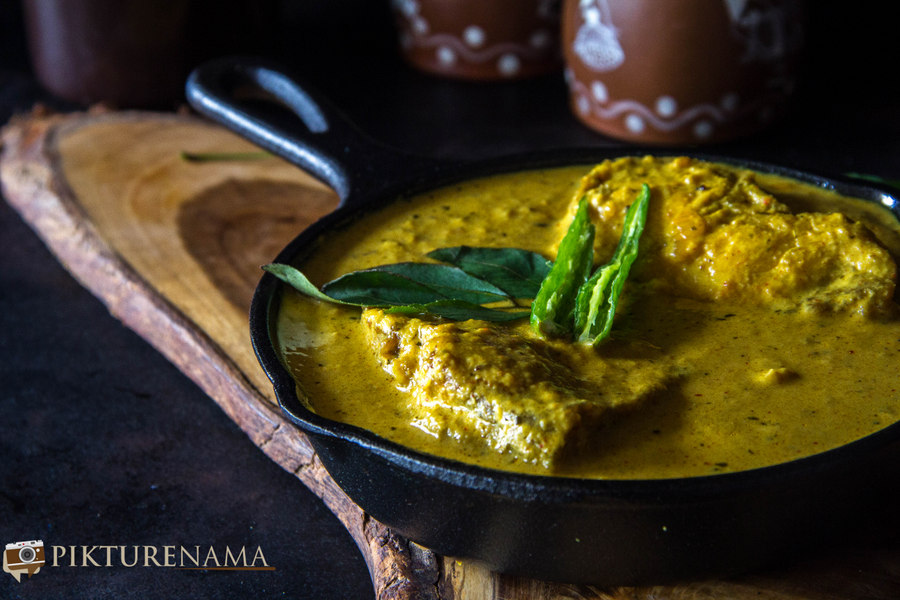
Malabar fish curry
Ingredients
- 6 pieces fish
- 2 tbsp grated coconut
- 1 1/2 cup chopped onion
- 1 no star anise
- 2 tbsp Ginger Paste
- 2 tbsp Garlic Paste
- bunch curry leaves
- 1 big tomato
- 1 tsp Red Chili Powder
- 1 1/2 tsp Turmeric Powder
- 2 tsp coriander powder
- 1 1/2 tbsp tamarind paste or soak 1/2 lemon sized tamarind in water and use that extract
- 2 nos green chilies
- 2 cups coconut milk
- 5 tbsp any white oil
- Salt To Taste
Instructions
- Wash the fish pieces and pat them dry. Then sprinkle little salt and keep aside.
- Heat 2 - 3 tbsp of oil in a frying pan. Splutter a handful of curry leaves, add one cup of onion, grated coconut and the star anise and keep stirring till the onion is translucent. Keep a watch on the heat or else the coconut will burn.
- Once the raw smell has gone, turn off the heat. Let it cool down a bit and then tip it in a blender and make a paste. The oil helps in grinding. However, if you feel, sprinkle some water in making the paste. This is your wet paste now.
- Take the pan again and add the rest of the oil. Once the oil is hot, add the rest of the chopped onions and fry them. Once the onions are translucent, add the wet paste and the chopped tomatoes and continue stirring.
- This will probably take about 10 minutes approximately for the onions and tomatoes to cook. Then add the red chili powder, coriander powder, turmeric powder and salt and fry till the raw smell disappears.
- Add the tamarind paste and some water and let it cook for 5 minutes. After which stir in some slit green chilies and dunk the fish pieces.
- Finally add the coconut milk, salt and simmer for 5 to 8 minutes or until the fish is cooked.
- Garnish with more fresh curry leaves and turn of the heat.
- Serve it with some steamed rice.
Notes
- Use any fish of your choice. Being in Kolkata, I do not have access to good sea fish. Hence normally I use Bhekti. However, when we did this recipe for the blog, I did not find Bhekti with my fish monger and hence used Katla. It turned out just fine.

